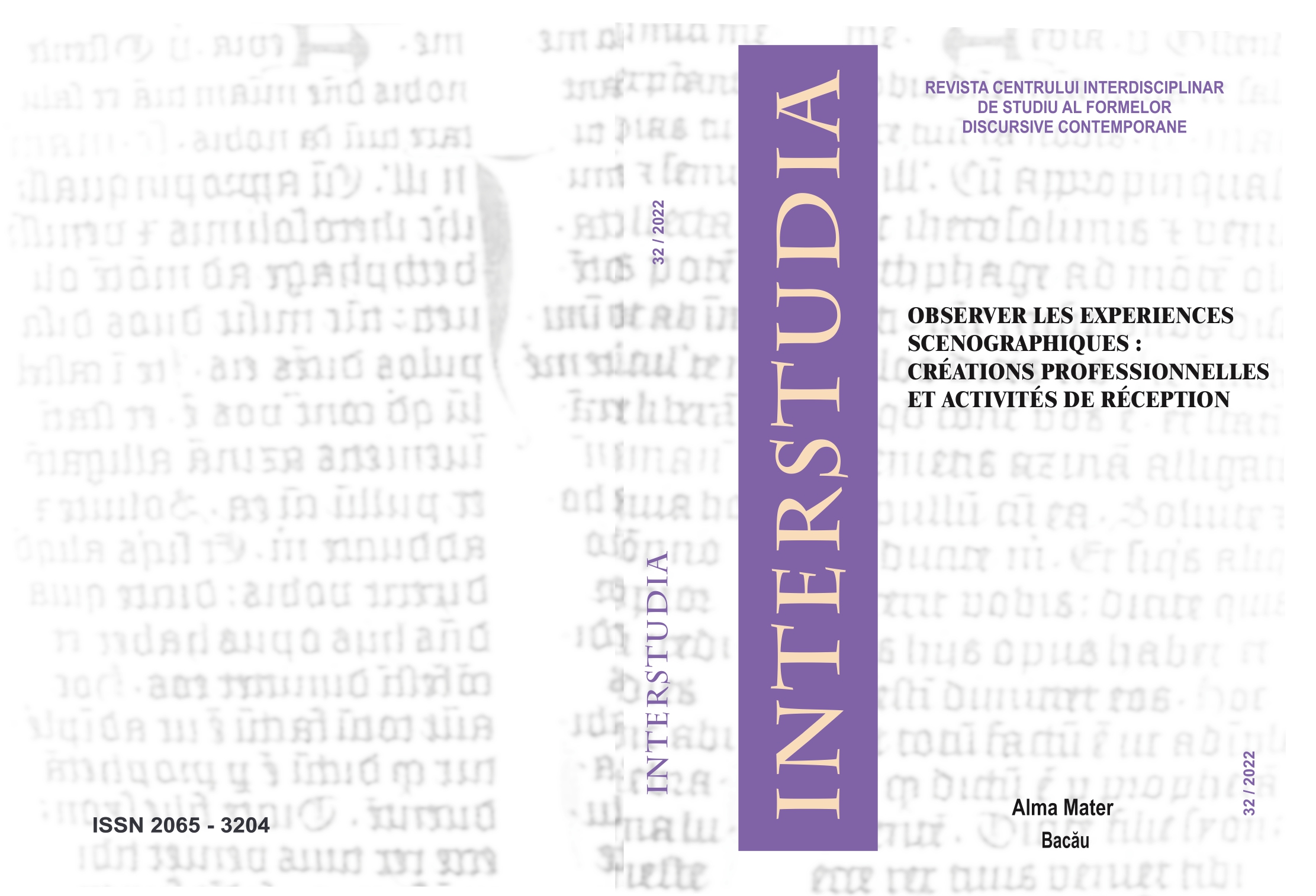SAISIR LE VÉCU EXPÉRIENTIEL DES VISITEURS DE MUSÉE.
EXPÉRIMENTATION D’UN DISPOSITIF DE GÉO-LOCALISATION AUGMENTÉ
CAPTURE THE EXPERIENTIAL EXPERIENCE OF MUSEUM VISITORS.
EXPERIMENTATION WITH AN AUGMENTED GEO-LOCATION DEVICE
Author(s): Isabelle Illanes, Vena ArnaudSubject(s): Fine Arts / Performing Arts, Museology & Heritage Studies, Visual Arts, ICT Information and Communications Technologies
Published by: Editura Alma Mater
Keywords: Interactions; visit experience; museum; RFID; digital humanities;
Summary/Abstract: Museum visiting as a phenomena is apprehended since the first museal forms in the XVIIth century from which our contemporary museums inherit (Schaer, 1993). The emergence of a consideration for displaying objects is part of a historical context marked by the great discoveries, the values of renaissance humanism and, later, the philosophy of the Enlightenment. Although the composition of target audiences has changed over the centuries (Rasse, 2001), the concerns of exhibition designers have always dealt with three central elements : objects, publics and spaces. The XXth century particularly witnesses the central place given to the visitor and then, in the XXIth century, to his experience. This paradigm leads to methodological difficulties related to the capture of a visiting experience, especially as the data are 69produced in a natural situation and in action (Schmitt, 2015). First, the article invites the reader to discover various approaches for more than a century. Then, it presents a new methodological framework designed to capture visit experience combining RFID technology and interviews. The last part of the article proposes to explore the first results through a theoretical device based on language sciences and particularly on the analysis of interactions in context.
- Issue Year: 2022
- Issue No: 32
- Page Range: 68-82
- Page Count: 15
- Language: French
- Content File-PDF

